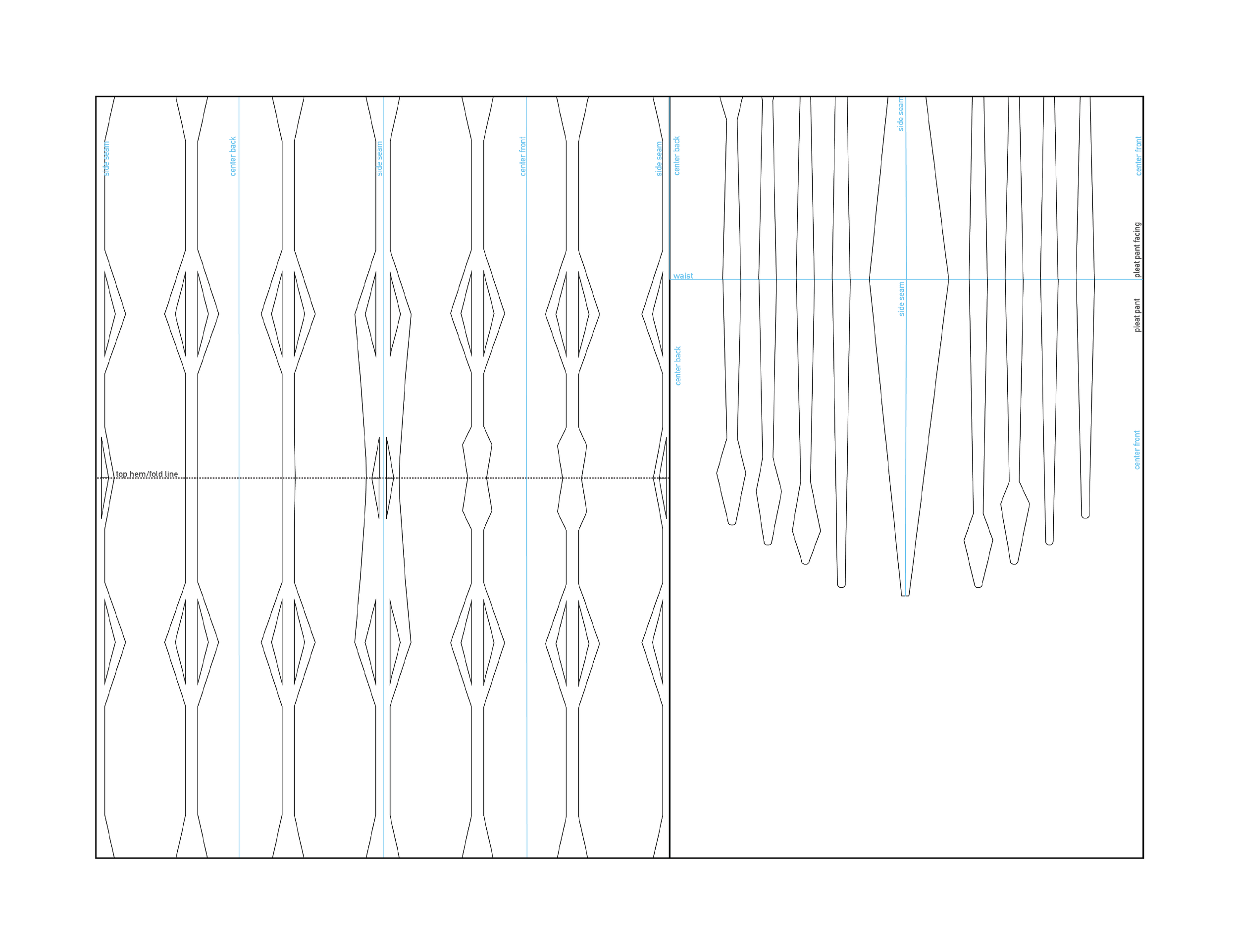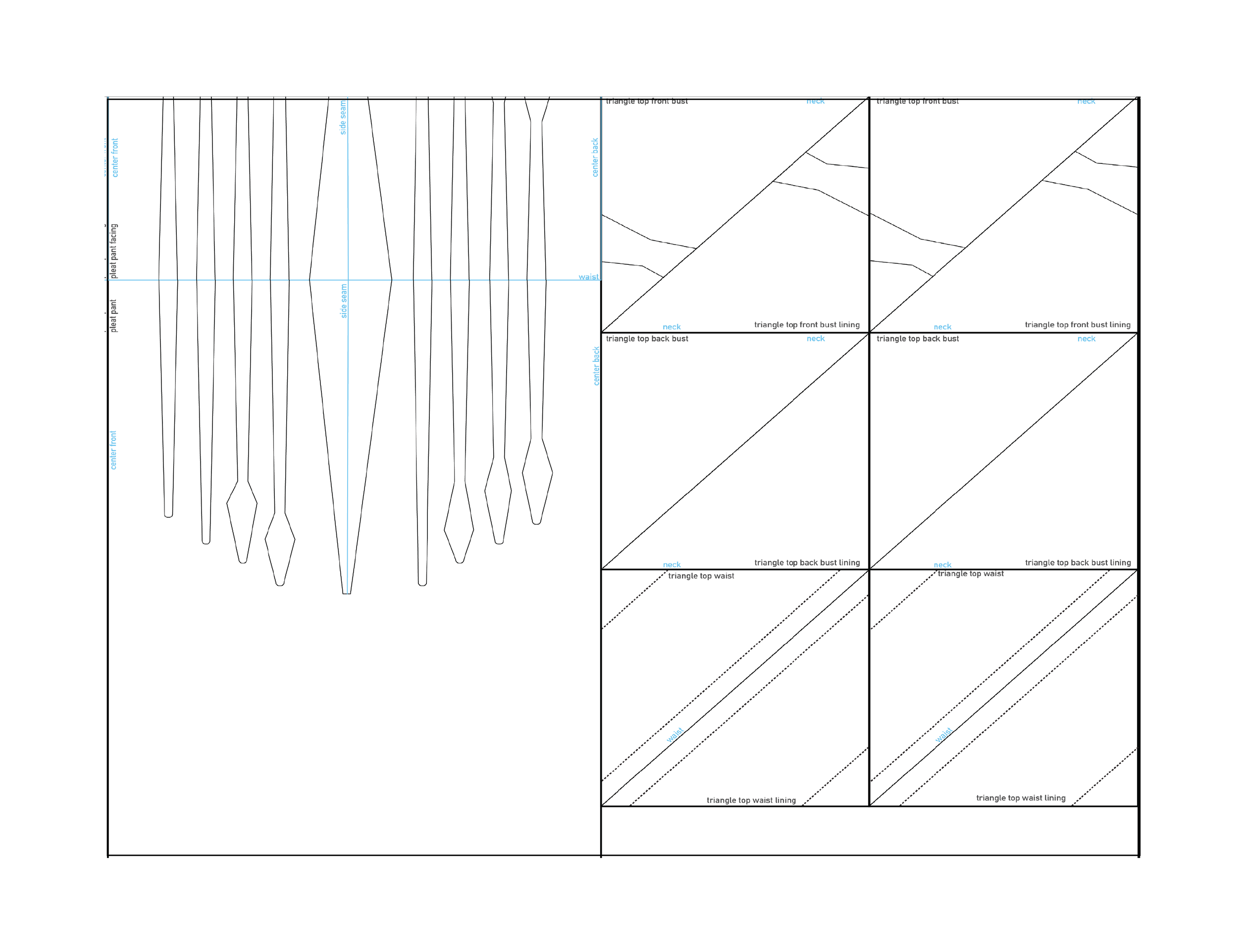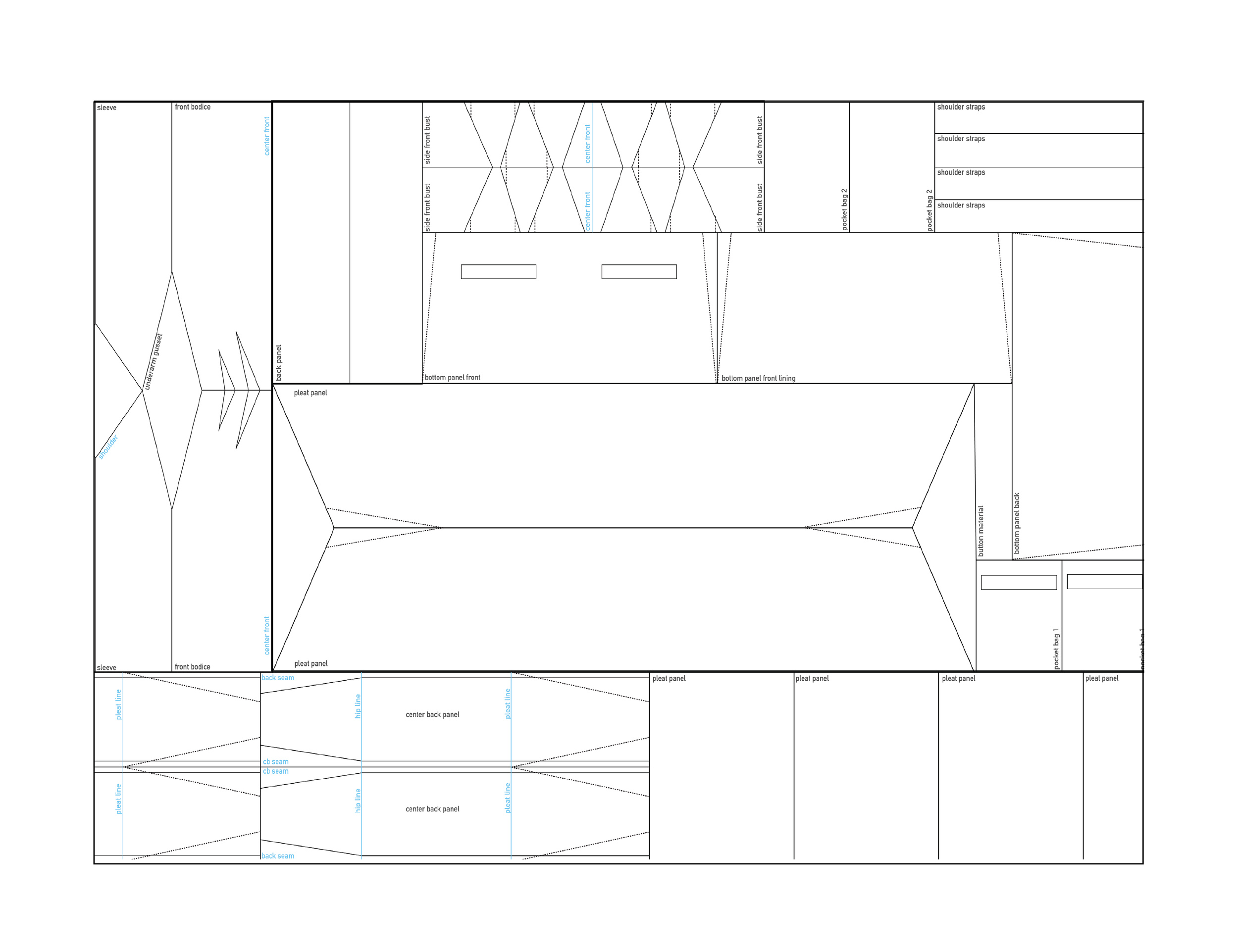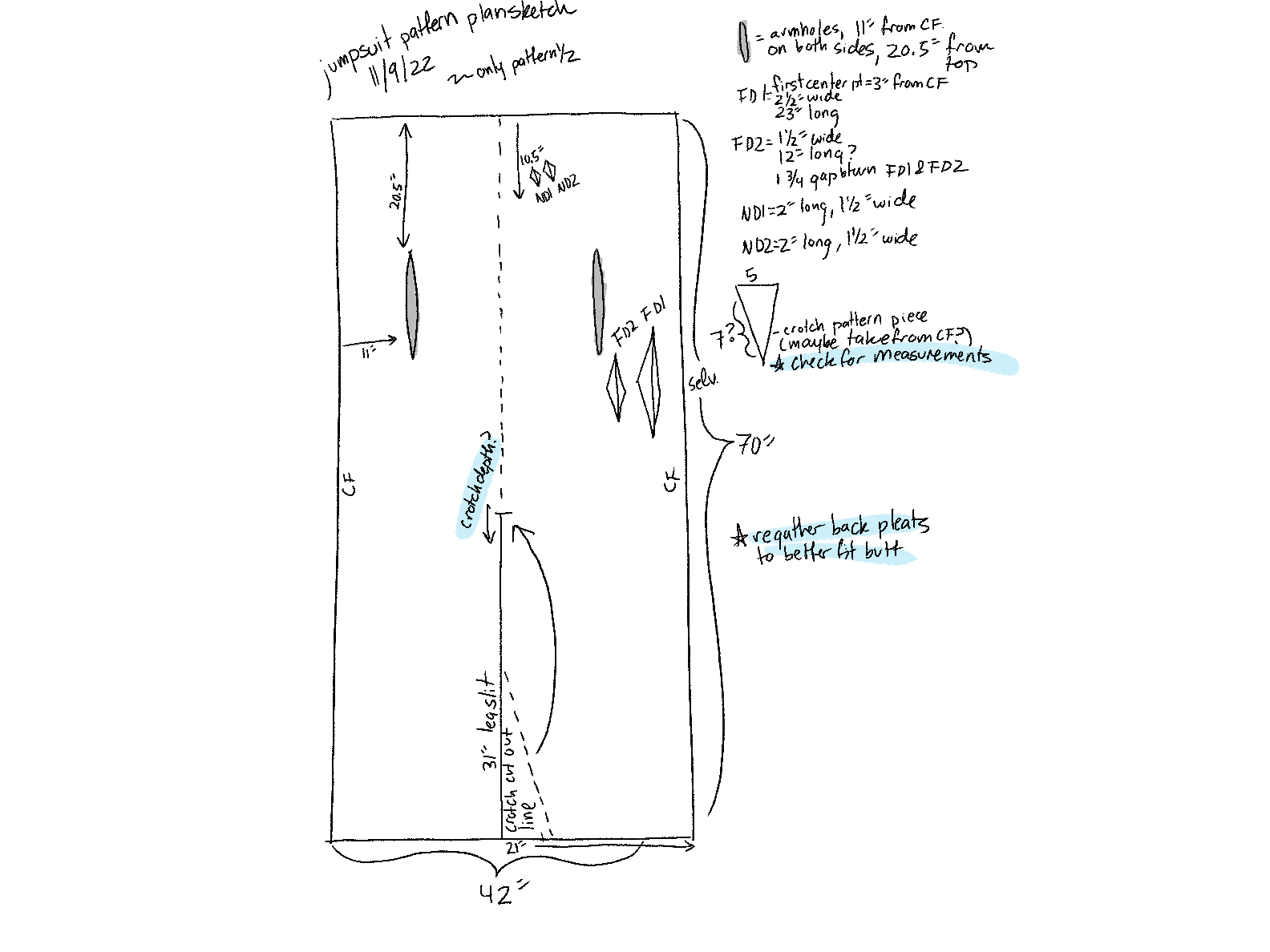
an interruption of clothing life cycles
Reincarnations
Statement of Philosophy
Every year, 92 million tons of textile waste are generated around the world, taking up about 7% of all landfill space.
60% Of this textile waste is non-biodegradable plastic, and about 15-20% of this textile waste is disposed of before it even reaches consumers.
So how can someone who loves both fashion and the environment continue to create within these systems of production while knowing they are so detrimental to our world? How can two systems seemingly at odds with each other be rectified?
Reincarnations explores the life cycle of our clothing from cradle to grave, and develops methods for interventions at every step of the process, accounting for fabric fibers, design, use, and its eventual return to the earth. But the ability to control an entire production system is rare in this day and age, and adds complex layers. So by handling as much of the process as possible, I hope to investigate the role of a designer as one who not only creates aesthetic forms, but also acts as a thoughtful innovator of patterns, sourcing, and systems.
Reincarnations is intentionally left open-ended, as I believe there is no one way to be ‘sustainable.’ Thus, process transparency and intersectional perspectives are a critical component of this process. Reincarnations is an inclusive and functional collection that engages a wider audience in discussions about sustainable clothing by bridging popular aesthetics and silhouettes with experimental pattern making practices.
The goal is to bring zero waste design to a new, young, and fashion forward audience, one who wants to cultivate a sustainable lifestyle without sacrificing aesthetics.
The reincarnations collection features an original print by Lucy, hand-silkscreened on a blend of hemp and lyocell (two fast regenerating natural fibers), and is semi bleached with hydrogen peroxide, a safer alternative to chlorine bleach.
The waste from the entire collection fits in the palm of your hand. Literally.
Patterning Process
The process of developing patterns for zero waste has been a unique and spontaneous experience. Unlike traditional western pattern making, the designer must keep in mind the width of the fabric, and account for issues like shrinkage and grains.
It was important to Lucy that this collection was zero waste, functional, and fitted. The goal is to bring zero waste design to a new, young, and fashion forward audience, one who wants to cultivate a sustainable lifestyle without sacrificing aesthetics. Lucy took loose inspiration from classic silhouettes that would stand the test of time, and then turned 2D, geometric shapes to fitted, dimensional garments with the help of darting and pleating.
Lucy also developed a signature gusset shape to accommodate deep curves like the crotch seam or under arm seam.
On the left of this image is a traditional raglan tee pattern, with the blue representing the fabric waste from the cutting stage. The right is my version of a raglan tee, eliminating all the waste that would be generated.
This jar is filled with all the scraps generated during the creation of this collection.
Pictured below is a rough version of the full pattern layout in four parts, the total span being about 13 yards.




Shifting to a circular life cycle for garments.
Traditional practice
Circular practice
Material Analysis
When talking about sustainable options, fabric selection and design are often separated as individual choices rather than two deeply entwined parts of the same process. Usually companies either focus on sustainable fabric or sustainable design, but rarely both. And while fabric sourcing these days is often out of the designer’s control, in Reincarnations, Lucy seeks to rectify the two steps by not only designing a collection, but a more circular life cycle for her clothes. (see above).
Much of Lucy’s initial research focused on fabric sourcing, and she completed a thorough fabric analysis which includes not only the environmental impact of certain fibers, but the social impact as well, which is a crucial factor that affects components such as cost. Additionally, Lucy chose not to use dead stock, a popular sustainability intervention, for two reasons. The first is that dead stock is an intervention that happens too late in the cycle. While it is important to use what exists, and dead stock can be a great solution, Lucy is more interested in completing the whole cycle, meaning that her products are sustainable from beginning to end of life. The second reason for not using dead stock is that there is a lack of knowledge and control over how the fabric has been produced and what sort of labor, or chemicals have been introduced in the process.
Fabric research for Reincarnations.























